Soccer Photography: Capturing the Best Images
Want to improve your soccer photography? Read more about photographer positions, types of images, required equipment, and much more.
If you find this tutorial helpful, be sure to check out Speedy Photographer by clicking here!
Speedy Photographer is the world’s ultimate online photography school, containing nearly 80+ tutorial videos teaching you everything from the very basics to the business of photography.
Recommended Photo Positions
From my experiences both as a player and a photographer, there are four primary positions on the field that consistently produce outstanding images:
- The edge of the 18-yard box, at the sideline.
- The edge of the 18-yard box, at the goal line.
- At the corner flag.
- Directly behind the net.
Recommended Camera Lenses
Get out your pocketbooks – the large field size means expensive lens requirements:
- 15mm f/2.8 Fisheye Lens
- 24-70mm f/2.8 Mid-Range Lens
- 120-300mm f/2.8 Telephoto Zoom Lens
- 400mm f/2.8 Prime Lens
OAKVILLE, ON – SEP. 16, 2017: Ontario Colleges Athletic Association game between the Sheridan Bruins and the George Brown Huskies.
18-Yard Box, Sideline
Good spot for a general variety of photographs.
If you’re not planning to move around very much, the edge of the 18-yard box on the sideline is where you should be.
This spot will enable you to capture a very diverse range of photographs. It puts you in a good position for action near the goalkeeper and in the box, while still being able to turn toward the midfield.
The types of images here will generally include:
- Midfield action.
- Headers.
- Shots on goal.
- Goalkeeper save attempts.
- Scoring reactions.
Below, you’ll find some examples of photographs taken from this position.
18-Yard Box, Goal Line
Great spot for more direct, head-on photographs.
You won’t get a very diverse range of photographs from this position, but the ones that do turn out will look fantastic.
Shooting from the goal line gives you a far more direct angle. Players will often be running straight at you, making for great images when they collide or sprint for the ball. You can also capture last-ditch tackles or battles in the box quite effectively here.
The types of images here will generally include:
- Dribbling (this will look significantly better from this position than it will from the sideline).
- Shots on goal.
- Reactions.
- Battles in the box.
Your most significant limitation will be capturing goalkeeper movement, as you’ll be shooting from behind the goal line.
You’ll also be partly obstructed by the net, which can wreak havoc with your auto-focus system. Whenever possible, make sure to move your auto-focus point to the left or right side of the frame.
Below, you’ll find some examples of photographs taken from this position.
Corner Flag
A good spot for some unique images.
The corner flag isn’t where you’ll want to spend the majority of the game – unless you enjoy cursing repeatedly, because it will obstruct your photographs.
However, there are a still few unique types of images to be had here:
- Corner kicks/the corner flag (looks great with a wide-angle/fisheye lens).
- Sideline action.
This is a spot that I’ll typically only stick around for 10-15 minutes, and leave once I get the shot I’m looking for.
Below, you’ll find some examples of photographs taken from this position.
Behind the Net
When you want to differentiate your work, shoot from here.
This may come as a surprise, but shooting from directly behind the net can produce some stunning, unique photographs.
Many professional sport photographers will prepare one of their cameras before the game, and leave it sitting behind the net. Whenever the action approaches, or there is a shot on goal, they use a remote trigger to release the shutter. At the same time, they’ll be covering the rest of the game from a different spot on the pitch.
Even without a remote trigger, you can still capture some great images from this spot – if you have time, and you’re patient.
The types of images here will generally include:
- Goals and goal reactions.
- Wide-angle shots.
- Goalkeepers.
Below, you’ll find some examples of photographs taken from this position.
How to Spend Your Time
Given that the majority of soccer games are exactly 90 minutes, there isn’t a basic formula I can provide as to where you should spend your time.
However, I would suggest the following:
- Limit your time at the corner flag to no more than 10-15 minutes.
- Concentrate on capturing reaction shots near the end of the game – especially in a tight match.
- If you’re being paid for your work, do not waste your time behind the net without a remote trigger. With the field being so large, you may never get the shot you’re looking for.
Other Suggestions
While there are undoubtedly spots around the field that will consistently produce great photographs, you shouldn’t hesitate to experiment and move around.
I’ve included a few miscellaneous images below, in the hopes of triggering your creative thought process.
If you have any additional suggestions or ideas, don’t hesitate to share!

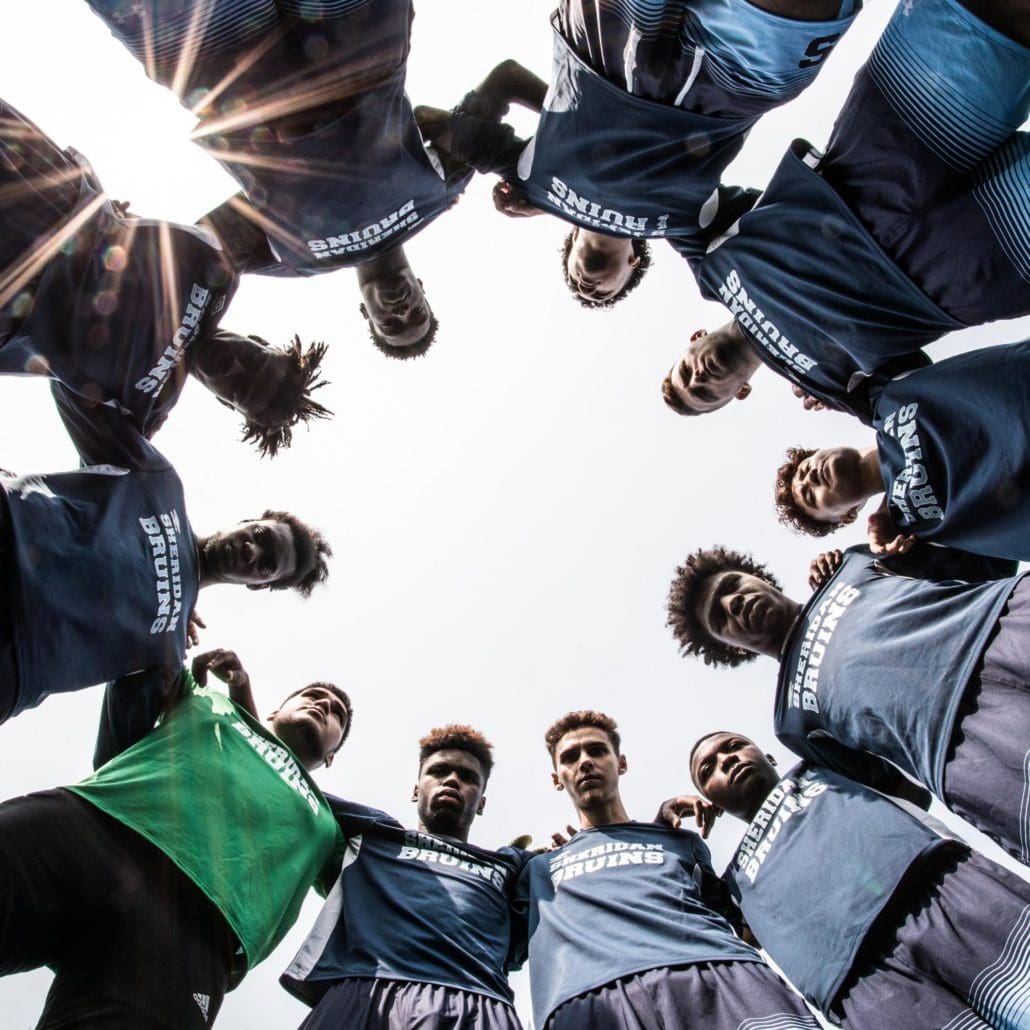
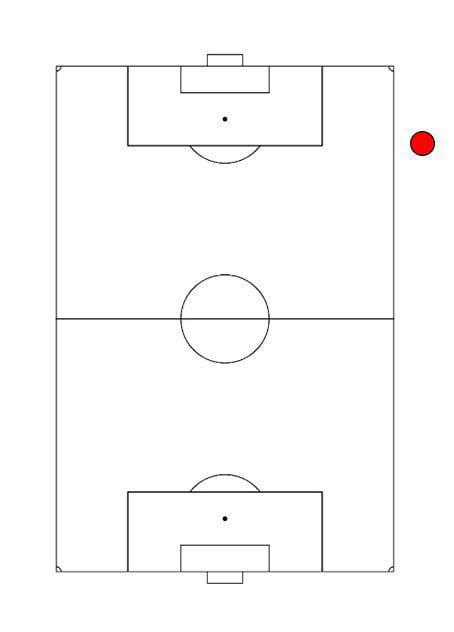




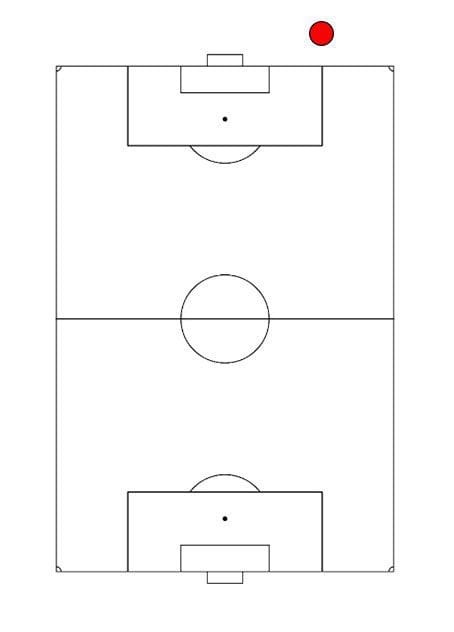




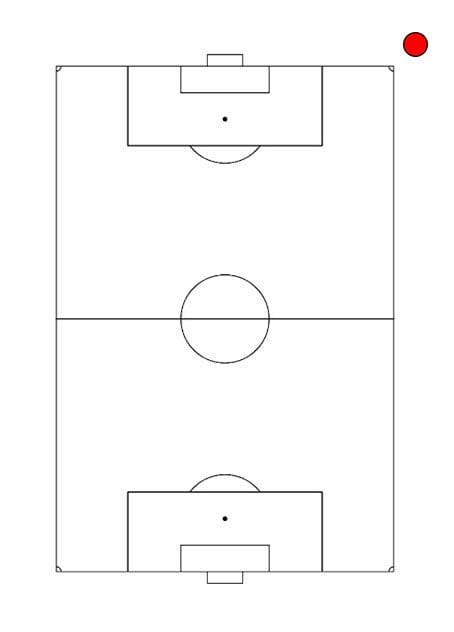












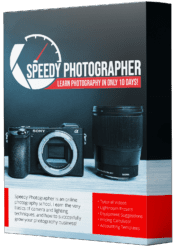
Thank you Kevin, I am very grateful for your tips here. Thank you for the time spent preparing this information. I have never photographed a soccer game before and I have two days coming up for a charity event, I will arrive there a little more prepared and less stressed. Thank you!!! Take care Diane